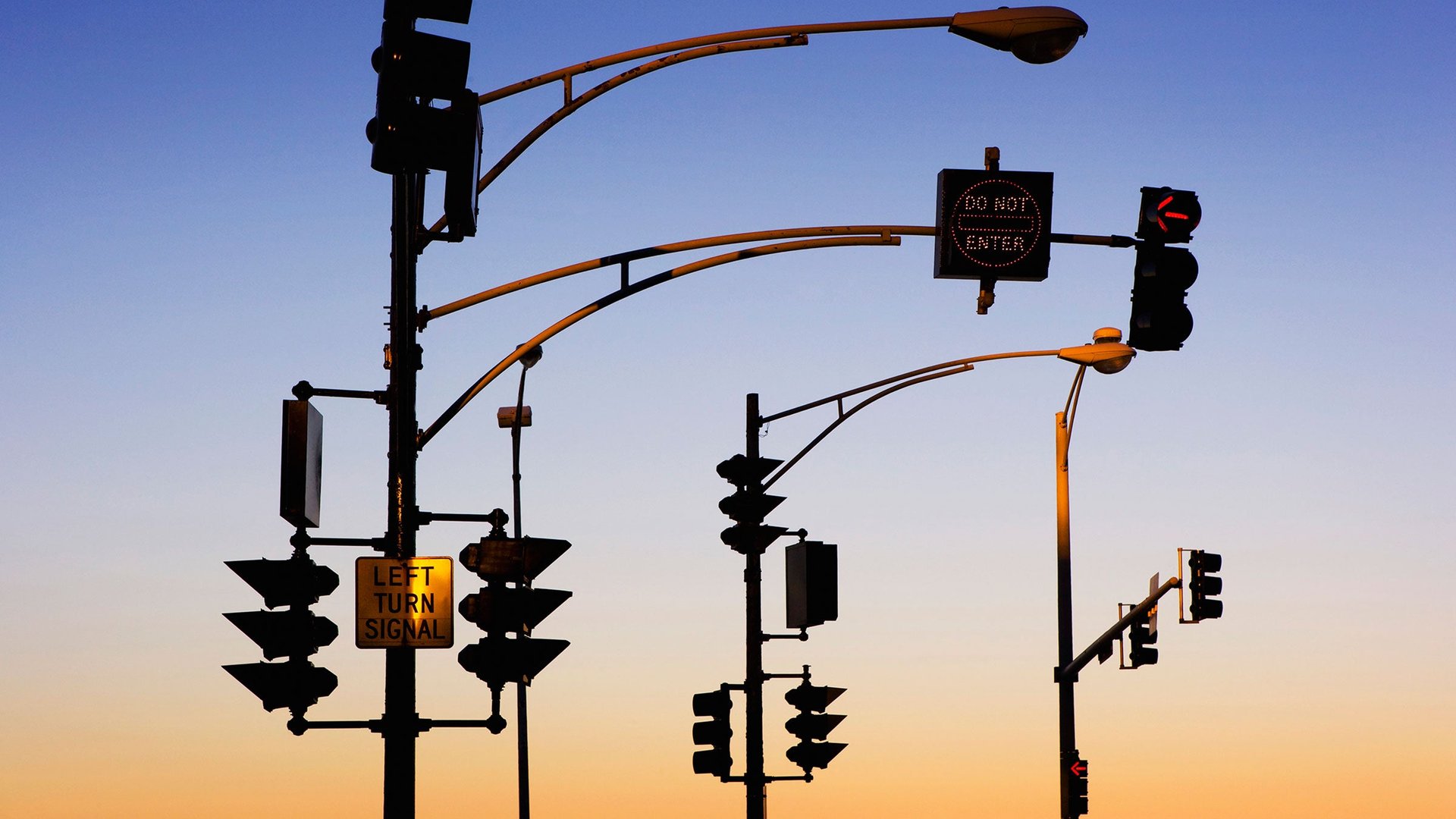The transportation technologies looking for E-ZPass adoption levels
By Megan Anderle | Megan Anderle covers technology for Xerox’s Real Business, and several daily newspapers in New Jersey. She is currently a digital news reporter for Newsmax.com.


By Megan Anderle | Megan Anderle covers technology for Xerox’s Real Business, and several daily newspapers in New Jersey. She is currently a digital news reporter for Newsmax.com.
E-ZPass, the expansive network of electronic tolls that eases passage over roads, bridges, and tunnels for more than 14 million drivers, celebrates its 20th anniversary this year.
Like Kleenex is to facial tissue, E-ZPass has become synonymous with electronic toll collection and is one of many examples of how technology is being applied to simplify transportation–and to take away excuse for being late to work.
“I used to drive into the city every day and wait 20 minutes to a half hour at the tollbooth just waiting to pay,” said Ken Philmus, senior vice president in the government and transportation group at Xerox, which handles E-ZPass transactions in much of the Northeast. “The day E-ZPass was implemented, that line disappeared.”
Of course, there’s no way for technology to eliminate traffic completely. But E-ZPass was one of the first examples of how a device can make transportation more efficient, safe, and environmentally responsible.
The company has grown significantly over the past two decades, with no sign of slowing. E-ZPass, accepted in 15 states, could go nationwide in the next few years.
“Florida has SunPass and California has FasTrak, but none of these systems work with each other. There’s lots of work being done to make E-ZPass operable in all states by 2016,” Philmus said.
Paying for tolls with ease is only one part of the commuting equation. Other innovations are helping to simplify the driving experience.
Stop cruising for a spot
Often overlooked, cruising for parking can be a serious waste of time and gas–with 30 percent of traffic in the U.S. caused by drivers circling the block looking for parking, according to a study by researchers at University of California, Los Angeles.
That’s where a technology like Parker can help. The mobile app allows drivers to locate and pay for spots in real time, using sensors installed in parking lots.
In downtown Fort Lauderdale, home to Florida Atlantic University and Broward College, parking spots are very hard to come by. Since Parker installed sensors in lots last year, the city has seen less traffic in its most congested areas.
“We’ve received calls from residents thanking us for the parking app in those locations. People have the ability to find spaces instead of getting frustrated and driving off,” Brian McKelligett, parking services manager for Fort Lauderdale, told Real Business.
Over the next 12 to 18 months, Parker will roll out some big changes, partnering with businesses and adding personal preferences for users. Soon the app will let electric car owners know where they can recharge, and for large vehicles that account for high clearances.
“How many times have you been out on a Friday night and choose one place over another because of parking? We’re considering an option where shop owners can allow you to reserve a spot through our app when you make a reservation,” said Kelly Schwager, chief marketing officer at Streetline, Inc., the company that created Parker.
Traffic lights get smart
Another technology focused on making transportation more efficient is the “smart” traffic light that a team of Toronto experts designed. Using cameras and “learning” computer chip technology, the lights adjust according to real-time traffic patterns and communicate with other lights in the area to coordinate traffic flow.
Known as MARLIN-ATSC, the system reduced traffic delays in downtown Toronto by 40 percent overall on an average day. The traffic lights could work wonders in congested U.S. cities once implemented as part of a “connected vehicle” initiative being developed by the U.S. Transportation Department to make driving easier and safer.
The connected vehicles would have wireless devices that send signals to each other and the smart traffic lights, warning drivers of potential dangers, like a vehicle running a red light.
“Wireless communication could reduce delays tremendously. It’s a whole different breed,” said Baher Abdulhai, who is head of the University of Toronto’s Intelligent Transportation Centre and helped develop the artificial intelligence-based traffic light system.
It could take five years before the technology will hit the streets. Once the research is complete, the National Highway Traffic Safety Administration will decide whether the devices should be installed in new cars.
“Vehicle-to-vehicle communication has the potential to be the ultimate game-changer in roadway safety, but we need to understand how to apply the technology in an effective way in the real world,” said NHTSA Administrator David Strickland.
Then maybe we can try to blame our connected vehicle for making us late.

This article was produced by Xerox and not by the Quartz editorial team.